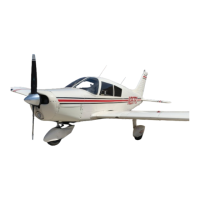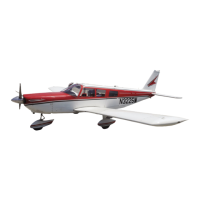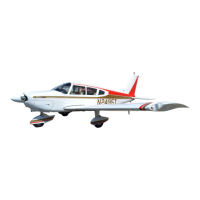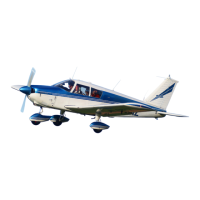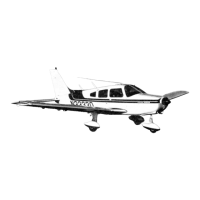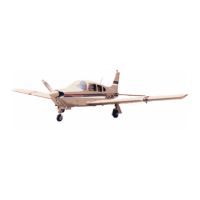29
3. Try another fuel tank. (Water in the fuel could take some time to be used
up, and allowing the engine to windmill may restore power. If power loss
is due to water, fuel pressure indications will be normal.)
If power is not restored, proceed with POWER OFF LANDING procedures.
POWER OFF LANDING
If loss of power occurs at altitude, trim the aircraft for best gliding angle, 82 MPH
IAS, and look for a suitable field. If measures taken to restore power are not
effective, and if time permits, check your charts for airports in the immediate
vicinity; it may be possible to land at one if you have sufficient altitude. If
possible, notify the FAA by radio of your difficulty and intentions. If another pilot
or passenger is aboard, let them help.
When you have located a suitable field, establish a spiral pattern around this
field. Try to be at 1000 feet above the field at the downwind position, to make
a normal approach. Excess altitude may be lost by widening your pattern, using
flaps or slipping, or a combination of these.
Touchdown should normally be made at the lowest possible airspeed, with full
flaps.
When committed to landing:
1. Ignition – Off
2. Master Switch – Off
3. Fuel Selector – Off
4. Mixture - Idle Cut – Off
5. Seat belt – Tight
If engine failure was caused by fuel exhaustion,
power will not be regained after tanks are switched
until empty fuel lines are filled, which may require
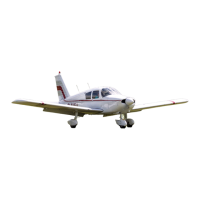
